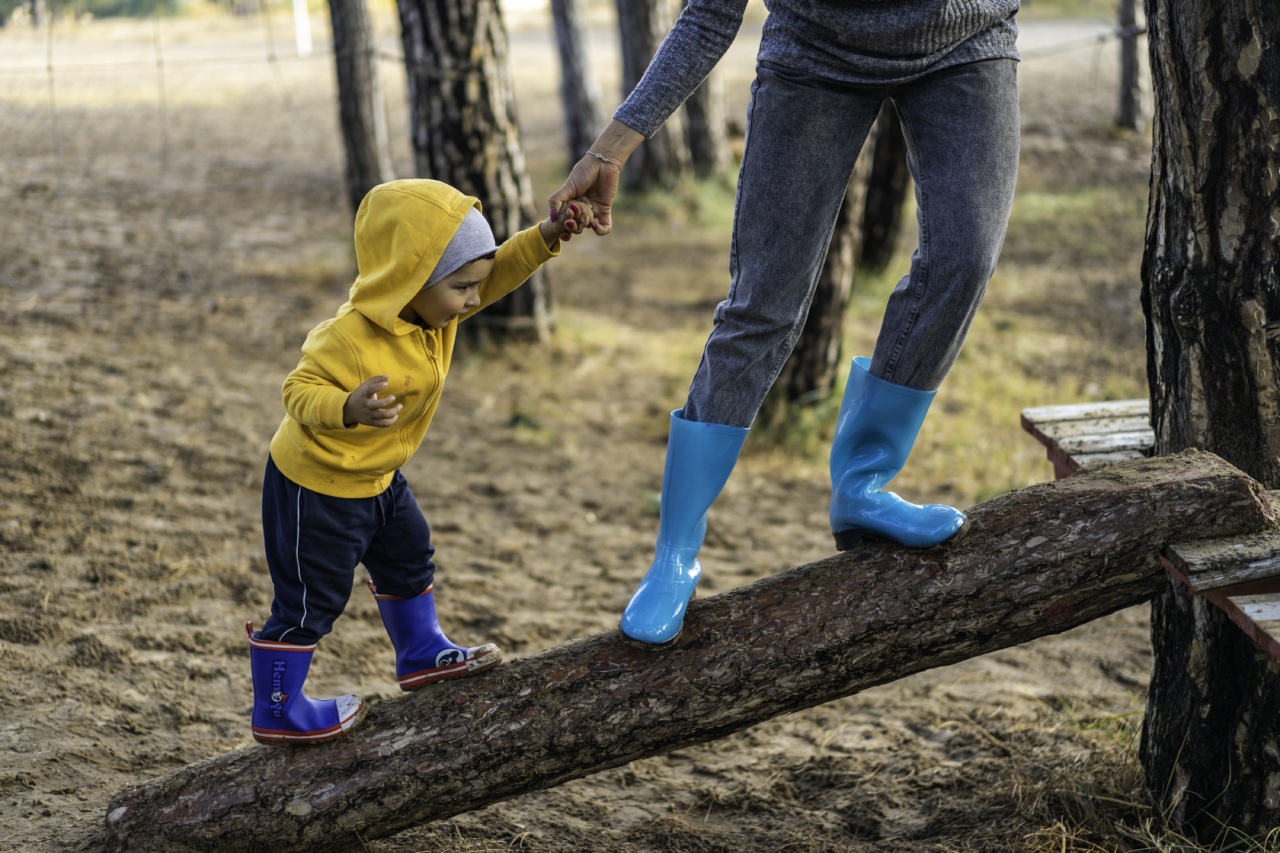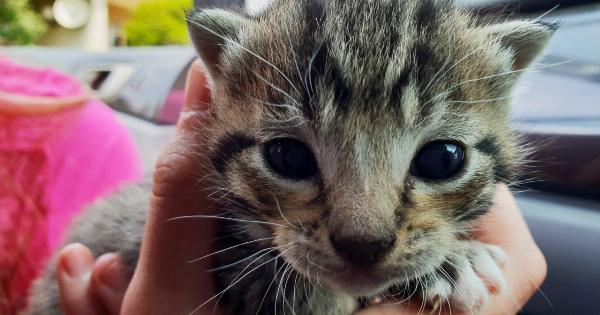Welcoming a new baby into your home is an exciting time for your family, but it can also be a major adjustment for your furry friend.
Pets, especially dogs and cats, thrive on routine and stability, so the arrival of a new family member can be stressful for them. However, with some preparation and training, you can help your pet adjust to life with a new baby and ensure a harmonious environment for everyone.
1. Gradually Introduce Your Pet to Baby-related Items
Before the arrival of the baby, start introducing your pet to baby-related items such as baby clothes, blankets, and toys. Allow your pet to sniff and investigate these items, associating them with positive experiences, such as treats or praise.
This gradual introduction will help your pet become familiar with the new scents and objects associated with the baby.
2. Establish Boundaries
Set clear boundaries for your pet well before the baby arrives. For example, if you don’t want your pet in the nursery, start enforcing that rule beforehand. Use positive reinforcement to reward your pet for respecting these boundaries.
Be consistent in enforcing the boundaries even after the baby arrives.
3. Gradually Adjust Your Pet’s Routine
Pets are creatures of habit, and any sudden change in their routine can cause stress. To help your pet adjust to a new routine, gradually change their schedule weeks before the baby’s arrival.
For example, if you plan to adjust the feeding or walking times, make the changes in small increments so that your pet can adapt gradually.
4. Familiarize Your Pet with Baby Sounds
Babies can be quite noisy, and the sudden loud and unfamiliar sounds can be distressing for your pet. To help them adjust, play baby sounds such as crying, giggling, and babbling softly in the background.
Start with low volume and gradually increase it over time. Pair these sounds with positive experiences like playtime or treats to create positive associations.
5. Introduce Your Pet to New Routines Early
It’s important to establish new routines early on, such as feeding times and walk schedules that would fit in with the baby’s routine. By introducing these changes gradually, your pet will not feel overwhelmed once the baby arrives.
Stick to these routines even after your baby arrives, as consistency is crucial for your pet’s well-being.
6. Use Positive Reinforcement
Reward your pet for positive behavior around the baby. Whether it’s calmly sitting near the baby or responding well to commands, praise your pet and offer treats or affection.
Positive reinforcement will help your pet associate the baby with good experiences and reinforce desirable behavior.
7. Supervise Interactions
Always supervise your pet’s interactions with the baby to ensure both their safety. Never leave your pet and baby alone together, especially during the initial stages.
Gradually allow your pet to get closer to the baby in a controlled manner, rewarding good behavior and redirecting any undesirable behavior.
8. Maintain Your Pet’s Exercise and Play Routine
While it may be tempting to neglect your pet’s exercise and play routine due to the demands of a newborn, it is crucial to maintain it. Regular exercise will help your pet release excess energy, reduce anxiety, and prevent behavioral problems.
Consider involving your pet in activities that involve the baby, such as walks with the stroller or supervised playtime.
9. Seek Professional Help if Needed
If your pet is struggling with the adjustment or displaying concerning behavior, it may be necessary to seek professional help.
Consult with a veterinarian or an animal behaviorist who can provide guidance specific to your pet’s needs and ensure a smooth transition for your furry friend.
10. Give Your Pet Plenty of Love and Attention
Lastly, remember to shower your pet with love and attention even after the baby arrives. It’s easy to get caught up in the new routine and responsibilities, but your pet still needs the same level of affection.
Set aside quality time for your pet to ensure they feel loved and included in the family.



























